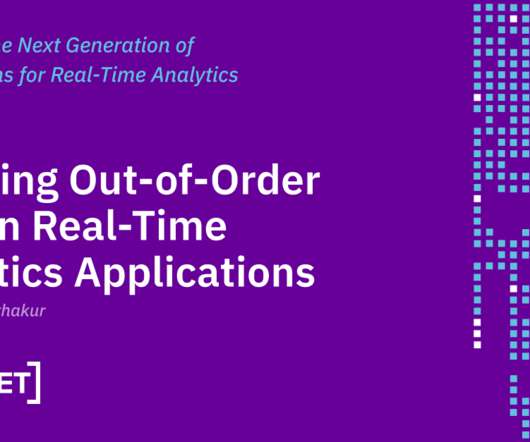Five Ways to Run Analytics on MongoDB – Their Pros and Cons
Rockset
FEBRUARY 2, 2022
Let’s explore five ways to run MongoDB analytics, along with the pros and cons of each method. 1 – Query MongoDB Directly The first and most direct approach is to run your analytical queries directly against MongoDB. The benefit of these tools is that they’re built specifically for data analytics.












Let's personalize your content